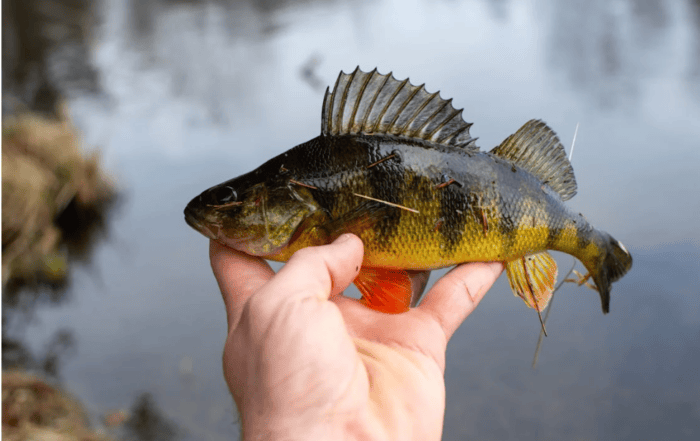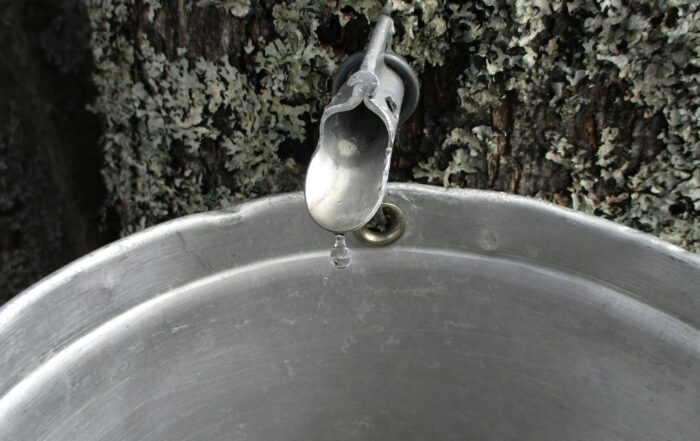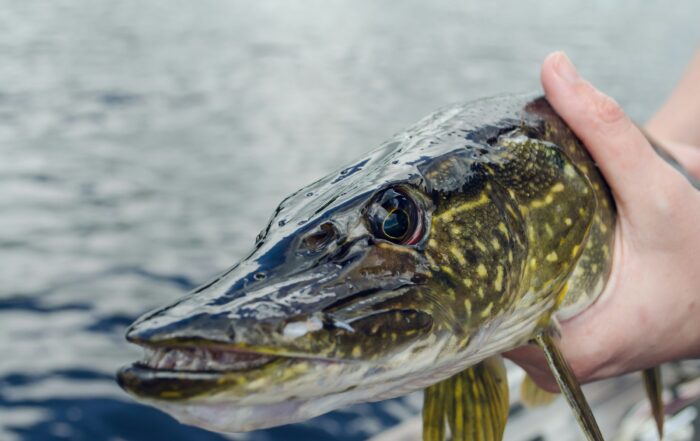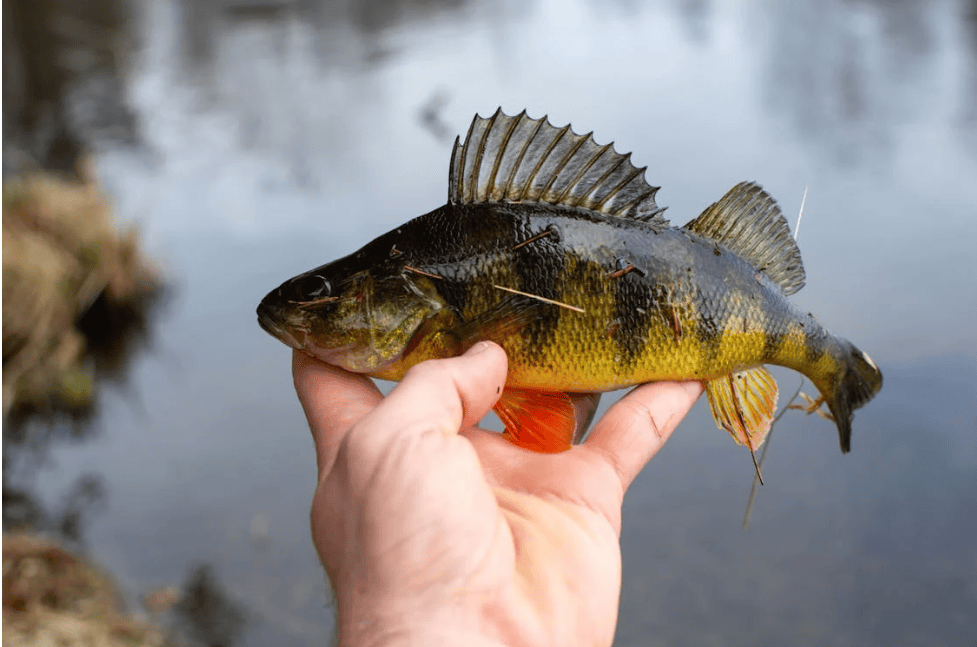
Photo: Michal Dziekonski (Pexels)
Yellow perch are not faring as well as other fish in the Great Lakes. In Lake Erie, east of Huron, perch have experienced poor hatches for nearly a decade now. In Ohio, yellow perch management is divided into three zones. According to the Ohio Department of Natural Resources, young-of-year (YOY) populations in the central and east zones produced nearly identical numbers last year, with about three YOY per hectare. These zones produced an average of about 38 fish during the 33-year time frame.
Anglers can expect the 10-fish limit on yellow perch, imposed a few years ago, to remain this year in Ohio waters east of Huron as well as a little west of Fairport Harbor.
Travis Hartman, who oversees the Sandusky Fisheries Research Station says, “we’ve been here before. Early to mid-90s populations were where they are now and we know from that reference point we can get giant hatches even from these smaller populations.”
Invasive species as well as other factors such as high nutrient loading from agricultural runoff and climate change have contributed to the transformation of the Lake, possibly to the demise of yellow perch.
Unlike walleye, which spawn when they feel the water and weather conditions are just right, yellow perch spawn dependably during a three-week window in late April to mid-May no matter what the conditions are. This leaves their eggs susceptible to severe weather and fluctuating temperatures too extreme for tiny fish to hatch and survive. Ideal water temperature for yellow perch is between about 7-14 degrees Celsius. Perch have not been reproducing with any indication of a comeback within the Lake Erie basin over the past few years.
Scientists investigate the risks of pharmaceutical pollution in the Great Lakes Region

Photo: Hal Gatewood (Unsplash)
Rising concerns regarding the presence of pharmaceutical pollution in waterways and the Great Lakes region are pushing scientists and researchers to discover the level of risk such contaminants pose to native wildlife.
Contaminants of emerging concern (CECs) are chemicals such as pharmaceuticals, hormones, and personal care products, and primarily find their way into waterways via wastewater effluent. Once these contaminants are in the waterways, fish become exposed to potentially harmful compounds that have varying impacts.
“The challenge here is that the physiology of humans and other vertebrates, like fish, is in many instances very similar,” Gerald Ankley, an ecotoxicologist told Great Lakes Now. “So things that act as pharmaceuticals in us, and produce effects we want, can act as drugs in non-target organisms and produce effects that aren’t so good for them.”
Common substances that humans use on a daily basis can have adverse effects on fish and other organisms. Ethinyl estradiol — birth control — can disrupt the reproductive systems in fish, and can lead to a population decline, according to a study conducted in northwestern Ontario. Antidepressants can also affect the reaction times of fish and their predator avoidance ability.
Bridget Baker, a professor in wildlife ecology and conservation at the University of Florida, discovered the most common type of pharmaceuticals found in various places between Lake Huron and Lake Erie were antibiotics, which poses risks to both humans and animals. Her biggest concern is whether the elevated presence of antibiotics may be driving antibiotic resistance, which happens when bacteria develop the ability to fight the drugs designed to kill them.
Given the risks to the environment and humans alike, scientists are currently conducting research by studying a representative sample of a whole fish population. Unfortunately, due to the lack of existing research and scientific evidence on the impacts of pharmaceutical pollution on water and the environment, developing standards for evaluating these chemicals in the environment and their effects will take some time.
Wind and water wallop Lake Erie’s coastline causing erosion damage
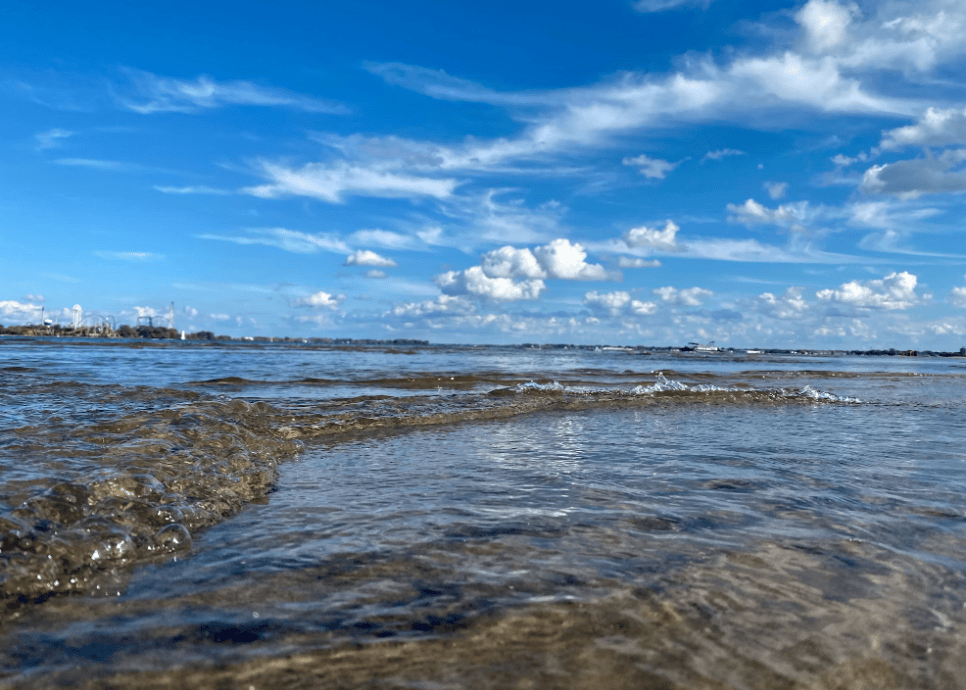
Photo: Taylor (Unsplash)
Lake Erie experienced record high water levels into the end of March, with water reaching a foot higher than two years in March of 2019. Water levels are expected to remain at or above record high levels throughout April and May, making existing measures to mitigate storm damage less effective.
“Some of the existing shore protection is actually partially submerged and much less effective and very strong winds and large waves very quickly erode the bluffs,” said Scudder Mackey, chief of the Office of Coastal Management for the Ohio Department of Natural Resources. “And in unprotected areas of the lake shore, we’re seeing substantial amounts of erosion damage.”
The high water levels are also a hazard for boaters. “If you want to be on the water, you’re going to ‘pay the price,’ because you’re going to have storms or wave action,” said Jim Stouffer with the Catawba Island Club. “In the winter months, ice and ice floes. Fortunately, there are a number of contractors and engineers, and people who have the expertise to help us make sure that our shoreline is protected.”. In response, the Catawba Island Club says it has posted warning signs and restricted access to flooded areas.
